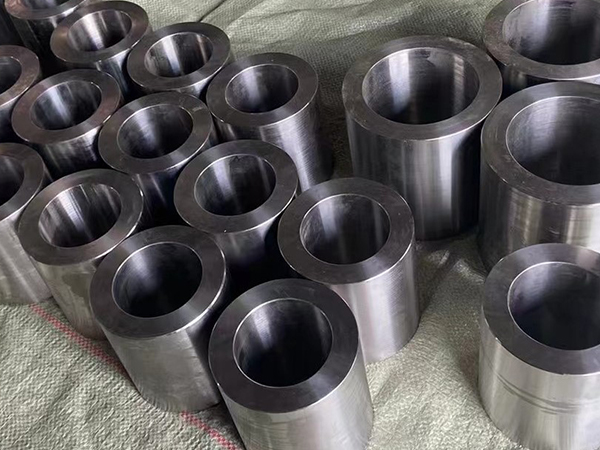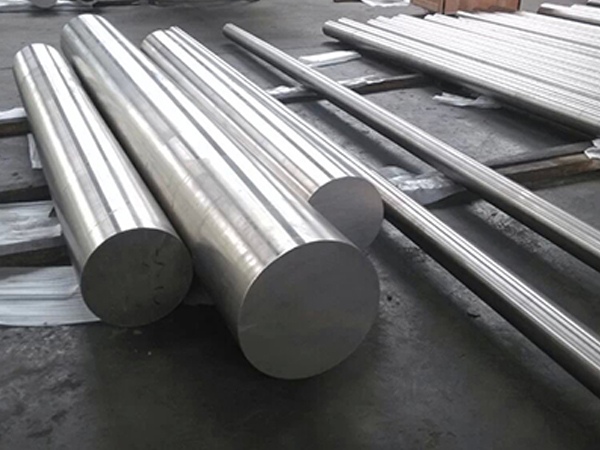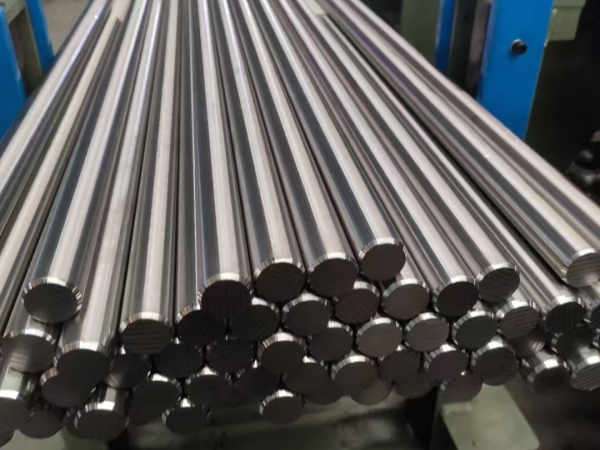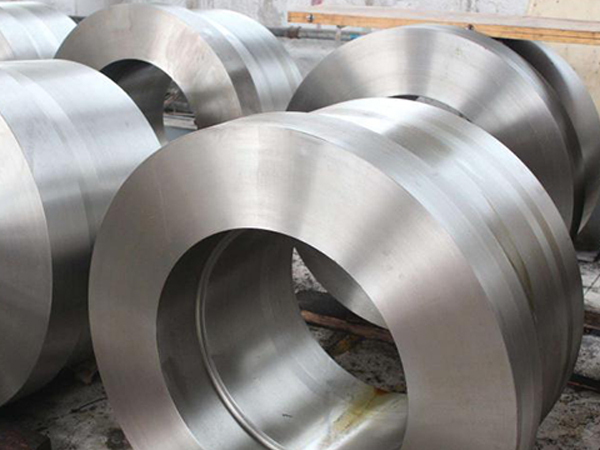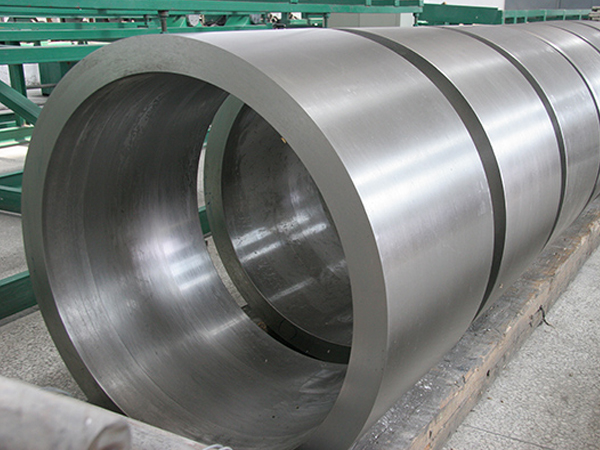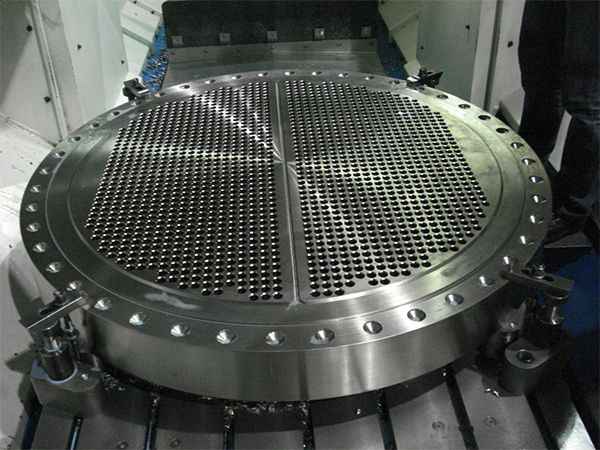Detailed Introduction to Hastelloy X
Hastelloy X is a high-performance nickel-chromium-molybdenum alloy that is known for its exceptional resistance to oxidation and high-temperature corrosion, making it ideal for use in extreme environments such as gas turbines, aircraft engines, and other high-temperature applications. This alloy is widely used in the aerospace and chemical industries due to its excellent mechanical properties at elevated temperatures.
Main Properties:
- Excellent oxidation and carburization resistance up to 2200°F (1204°C).
- Good weldability and fabricability.
- High strength and oxidation resistance at elevated temperatures.
- It is resistant to many forms of degradation such as stress-corrosion cracking, pitting, and crevice corrosion.
International Alloy Numbering System (or Corresponding Alloys):
Hastelloy X is known by various names in different countries and standards:
- ASTM: N06002 (Universal Numbering System)
- DIN: W.Nr. 2.4665
- GB/T: GH3536
Hastelloy X Product Standards
The following table outlines the applicable standards for Hastelloy X in various forms:
| Product Form | Standard |
|---|---|
| Plate,Sheet&Strip | ASTM B435SAE AMS 5536 |
| Round Bar | ASTM B472, ASTM B572 |
| Seamless Pipe&Tube | ASTM B622 |
| Welded Pipe&Tube | ASTM B619, ASTM B626 |
| Forging | SAE AMS 5754 |
| Fittings | ASTM B366 |
Chemical Composition of Hastelloy X
The chemical composition of Hastelloy X is summarized in the following table:
| Element | Percentage (%) |
|---|---|
| Nickel (Ni) | 41.3-53.7 |
| Chromium (Cr) | 20.5-23.0 |
| Molybdenum (Mo) | 8.0-10.0 |
| Iron (Fe) | 17.0-20.0 |
| Cobalt(Co) | 0.50-2.50 |
| Tungsten(W) | 0.2-1.0 |
| Alumiun(Al) | ≤ 0.50 |
| Titanium(Ti) | ≤ 0.15 |
| Boron(B) | ≤ 0.008 |
| Carbon (C) | 0.05-0.15 |
| Silicon (Si) | ≤1.00 |
| Manganese (Mn) | ≤ 1.00 |
| Phosphorus (P) | ≤ 0.040 |
| Sulfur (S) | ≤ 0.030 |
Physical Properties of Hastelloy X
Here is the table summarizing the density and melting point of Hastelloy X:
| Property | Value |
|---|---|
| Density | 8.22 g/cm³ |
| Melting Point | 1260 - 1355 °C |
Material Characteristics of Hastelloy X
• High-Temperature Strength: Excellent mechanical strength at high temperatures (up to 2200°F or 1200°C), making it ideal for high-stress applications like gas turbines and engines.
• Oxidation Resistance: The alloy resists oxidation up to 2200°F, making it suitable for use in harsh environments.
• Corrosion Resistance: Outstanding resistance to carburization and sulfidation, especially in reducing environments.
• Weldability: Easily weldable using conventional welding methods such as TIG, MIG, and resistance welding.
• Fabricability: The alloy can be hot or cold worked, allowing flexibility in manufacturing parts with different geometries.
Applications of Hastelloy X
Hastelloy X is used across a variety of industries and applications that demand high temperature and corrosion-resistant materials, including:
• Aerospace Industry: Aircraft engines, especially in turbine and combustion sections. Exhaust systems for aerospace applications.
• Gas Turbines: Components like turbine blades, vanes, and combustion chambers.
• Chemical Processing: Reactor components and parts exposed to high temperatures and reactive gases.
• Nuclear Applications: Parts exposed to high radiation or extreme thermal conditions.
• Heat Exchangers: Used in heat exchangers exposed to both high temperatures and corrosive fluids.
• Power Generation: Critical components in high-efficiency power plants that require long-term reliability under high-temperature conditions.
• Superalloy Applications: Used as a superalloy in environments where resistance to oxidation and mechanical strength at high temperatures are essential.




